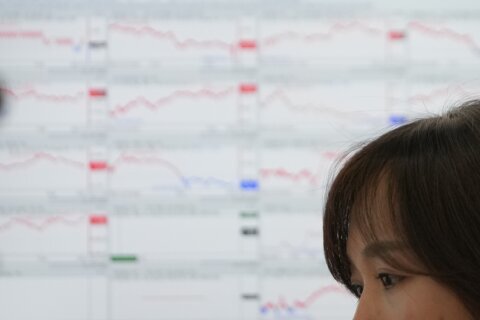Gaithersburg, Maryland-based Novavax, whose protein-based COVID-19 vaccine was a latecomer to the market, lost as much as a quarter of its value Wednesday, after the company warned of substantial doubt about its ability to stay in business.
Novavax estimates it has sufficient capital available to fund operations this year, but “this is subject to significant uncertainty, including as it relates to 2023 revenue, funding from the U.S. government and pending arbitration. Given these uncertainties, substantial doubt exists regarding our ability to continue as a going concern through one year from the date of these financial statements are issued,” it said in a statement accompanying its fourth quarter results.
Novavax posted a fourth quarter loss of $182 million, and a net loss of $846 million for all of 2022. Total revenue for 2022 was $1.9 billion, 73% more than its full-year revenue in 2021. Even so, that was on the low end of the company’s revised forecast issued last summer, and half its previous forecast for 2022 revenue.
In February, Novavax secured a deal to sell the U.S. government up to an additional 1.5 million doses of its vaccine, but the federal government will stop buying vaccines from manufacturers later this year. It is ending its program to buy vaccines at reduced prices from manufacturers, with purchases and costs shifting to health insurance providers.
Novavax also was dealt a setback late last year when an international vaccine initiative known as COVAX backed off earlier plans to order up to 350 million doses of the Novavax vaccine because of an oversupply of other vaccines.
To date, Novavax said it has delivered over 100 million doses of its COVID-19 vaccine globally.
Novavax began developing its COVID vaccine in 2020 with government funding, but its vaccine did not receive final emergency-use approval until July 2022, well after mRNA vaccines from Pfizer and Moderna had dominated the market for COVID vaccines.
Novavax stock had dropped more than 23% in mid-morning Wednesday trading, to $7.09 per share. It traded as high as $330 a share in early 2021, and has lost more than 90% of its value in the past 12 months.








